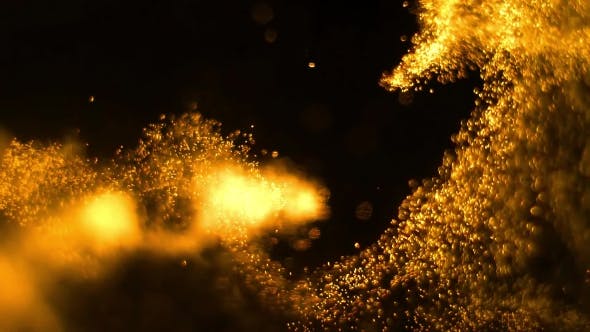
The molecules were extracted by the Curiosity rover from a mudstone section of the Gale Crater. Scientists have concluded that we can't rule out those molecules actually have a biological origin.

Researchers have found that the lettuce, grown on board the International Space Station, is as nutritious as counterparts grown on the Earth, an advance that may help astronauts grow safe, fresh food during space missions.

Follow the story of golden atoms from their birth in stellar explosions via incorporation into formation of our planet to their coming together in a golden nugget and appearance in the Earth's crust.

US astronomy student Michelle Kunimoto has discovered 17 new planets, including a potentially habitable, Earth-sized world, by combing through data gathered by NASA.

A robotic servicing spacecraft has hooked up with an aging satellite over the Pacific Ocean. It accomplished the first link-up between two commercial satellites in space, and the first docking with a satellite that was never designed to receive a visitor.

Astronomers have found an exoplanet more than twice the size of Earth to be potentially habitable, opening the search for life to planets significantly larger than Earth but smaller than Neptune.

InSight is the first mission dedicated to looking deep beneath the Martian surface. Findings reveal a planet alive with quakes, dust devils and strange magnetic pulses. However, the lander's mole is still stuck and scientists are working on getting it digging again.

NASA mathematician Katherine Johnson did more than just calculate rocket trajectories for early space missions. Her story, when it was finally told, completely changed people's perceptions about who has been and who can be important in history.

The biggest explosion seen in the universe has been found. This record-breaking, gargantuan eruption came from a black hole in a distant galaxy cluster hundreds of millions of light years away.

SpaceX will work with space tourism company Space Adventures to send up to four people into space onboard SpaceX’s Crew Dragon spacecraft. The mission will send tourists to “twice the altitude of any prior civilian astronaut mission or space station visitor".

NASA has selected four possible planetary science missions for further evaluation, two focused on Venus, one on Jupiter's volcanic moon Io and one on Neptune's icy moon Triton. Final selections will be made next year.

Astronomers have detected large amounts of oxygen in the atmosphere of one of the oldest and most elementally depleted stars known. This finding provides an important clue on how oxygen was produced in the first generations of stars.

A NASA-supplied Atlas 5 rocket launched the European Space Agency’s Solar Orbiter spacecraft 9 February, kicking off an innovative mission to study the Sun in unprecedented detail, complementing close-in observations by NASA’s Parker Solar Probe.

During the day, a thin layer of nitrogen ice warms and turns into vapor. At night, the vapor condenses and once again forms ice. Each sequence is like a heartbeat, pumping nitrogen winds around the dwarf planet.

Spitzer has fundamentally changed astronomy textbooks. Recently the telescope batteries reached the end of their lives. The Spitzer team at NASA and the California Institute of Technology has no choice but to bid the spacecraft farewell.